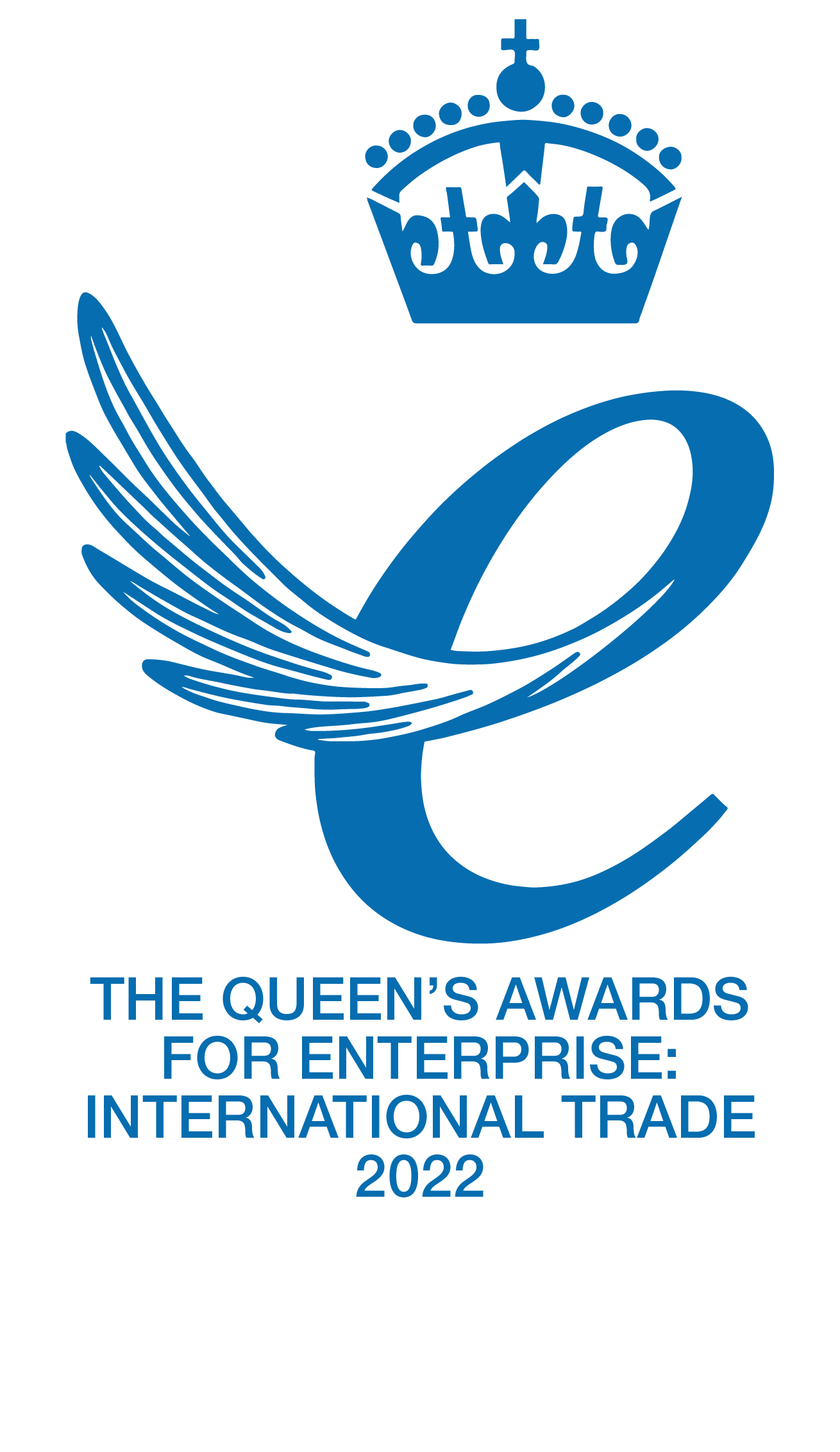The trial of the Portascanner® AIRTIGHT 520 at a Passivhaus in Manchester in March 2022 demonstrated the many benefits of the ‘world first’ globally unique Portascanner® AIRTIGHT 520:
- Provides the ability to locate and quantify air leaks without needing to pressurise the building or without having to have finished the construction of the building.
- By contrast, all existing leak-location methods require pressurisation and;
- No existing methods allow the quantification of individual leaks.
Mr Angus Hodgkiss MPhys FDIRDI, Manager Research, Development, Design & Ergonomics Department, Coltraco Ultrasonics, was delighted to join Dr Jesus Menendez, Managing Director, Zero Energy Passivhaus, and two building contractors to test Coltraco’s newest British invention, the Portascanner® AIRTIGHT 520 at a Passivhaus build in Manchester. The hand-held, portable Portascanner® AIRTIGHT 520 is a completely unique ‘world first’ technology globally, capable of identifying, locating, and measuring even very minor leak sites and computing air flow through individual leaks and air permeability for a building or compartment, to prepare your building for a Door Fan or a Pulse Test. With the ability to quantify leaks as small as 0.5mm in diameter in a depressurised environment, and to locate leaks ten times smaller than this, the Portascanner® AIRTIGHT 520 enables you to pass these tests first time, every time.The Trial Results
During testing at the Passivhaus build, the Portascanner® AIRTIGHT 520 performed outstandingly, identifying several leaks in the front door and external window of the semi-detached building, despite this having previously passed a preliminary Door Fan Blower Test.
After conducting a Quick Test with minimal training – scanning for leaks and using the 8-megapixel camera on the rear of the device to photograph the test site and mark the location of leaks on the Portascanner® AIRTIGHT 520’s 7-inch touchscreen display – those at the trial confidently identified several air leaks in the frame of the front door itself and in the wall around the door.
A Full Test was conducted on this same door, identifying and locating all of the leak sites in the door frame and surrounding wall. The cross-sectional area of each leak was then calculated using algorithms independently verified by the National Physical Laboratory, and used to provide a value for the air flow rate through them, and the structure’s air permeability factor.
Substantial air leakage was identified at the bottom of the door, with two areas producing particularly high readings. This indicated a “crack” in the bottom seal, and Dr Menendez suggested that the door had not yet been properly adjusted. This was confirmed by the site manager, who was impressed by the Portascanner® AIRTIGHT 520’s ability to determine that the door had not had a final adjustment.
All who attended the trial were very impressed with the technology. The ability to identify, measure, quantify, and analyse the severity of individual leaks without the need for pressurisation, or the building being finished, a unique capability globally, was particularly noteworthy.Passivhaus Principles and Reducing Energy Consumption in the Built Environment
Passivhaus builds are approximately ten times more airtight than the standard required of new-build domestic dwellings in the UK, meaning special attention must be paid to identify potential leakage areas in the building fabric and offsite-manufactured components during the final stages of construction. There are approximately 65,000 buildings worldwide that have achieved Passivhaus standards of comfort, health, and low energy consumption, with many more in the planning process.
In a post-COP26 global environment, addressing the effects of climate change by reducing energy consumption in buildings is driving the construction industry toward a mantra of “Built Tight Ventilate Right.” Buildings are a significant producer of carbon emissions, accountable for 35% of total global energy consumption.
Although more of our energy now does come from renewable sources, renewables are not yet reliable. We must consume less energy within the Built Environment and embrace Passivhaus principles. This will cut carbon emissions and alleviate fuel poverty, whilst dramatically increasing the capital value of buildings, making them a valuable economic asset. To do this with certainty, buildings must be airtight, and, in tandem with Door Fan Blower and Pulse airtightness testing, the Portascanner® AIRTIGHT 520 is the instrument which assures this outcome.
In the UK, higher standards on airtightness in the Built Environment as a result of the dual pressures of climate change and COVID-19 are being encouraged by institutions such as the Passivhaus Trust, which forms a part of the global Passivhaus movement, and is the UK affiliate of the International Passive House Association.
Testing for air leaks and simultaneously testing for watertightness with the Portascanner® AIRTIGHT 520 – as water ingress damages buildings and destroys electrical equipment –will improve build qualities, lower energy consumption, and reduce the costs of operating and maintaining the Built Environment.
Incorporating the Portascanner® AIRTIGHT 520 into existing maintenance and construction programmes will enable users to make sharper decisions, verify technical specifications, and reveal possible defects if design standards have not been met, allowing you to be better-faster-cheaper than your competitors, and delivering our vision of the Safesite™ on land, as our technologies deliver the Safeship™ at sea.






